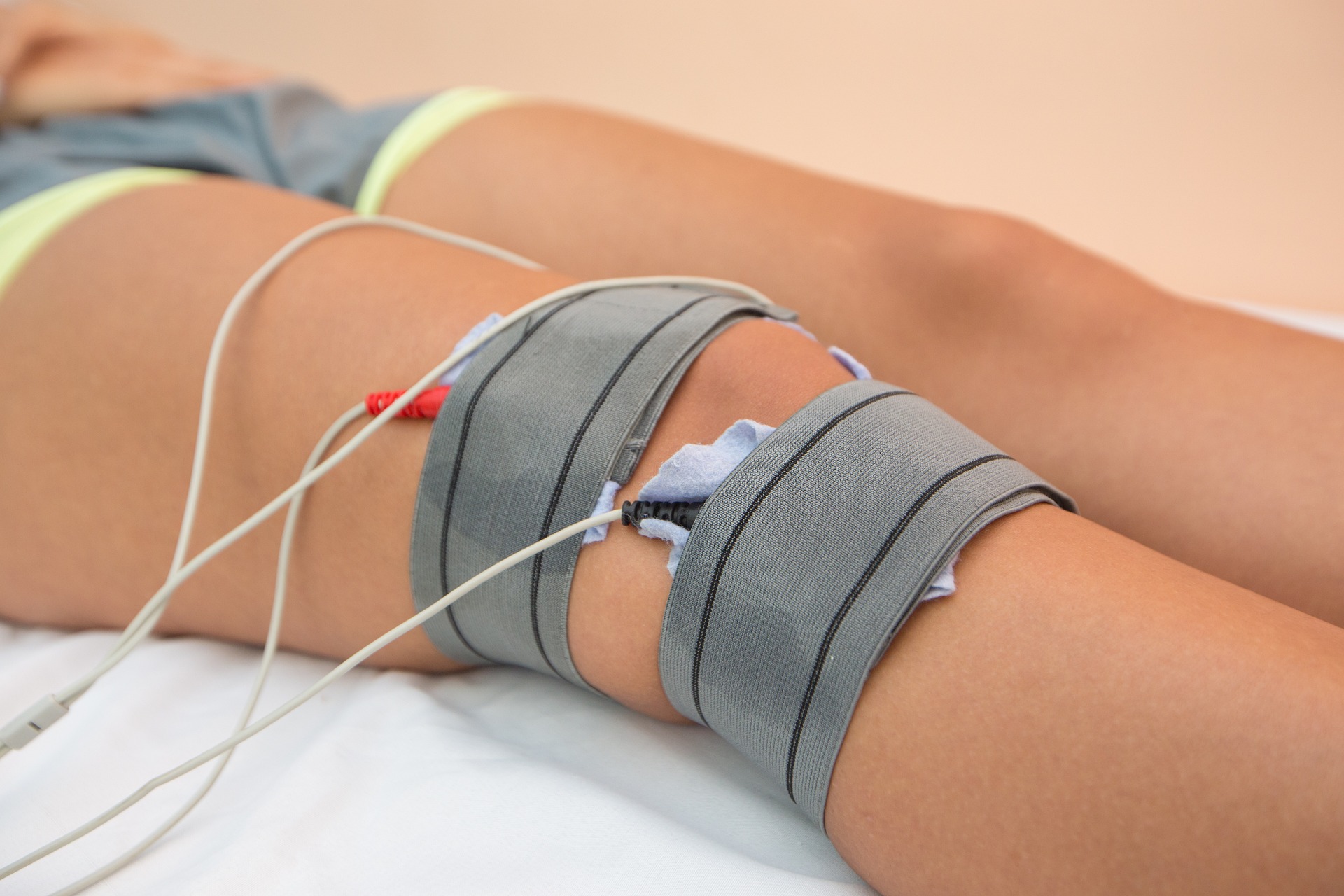Knee Pain Treatment: Understanding Your Options for Relief
Knee pain is a common ailment that affects millions of people worldwide, impacting daily activities and quality of life. Whether caused by injury, arthritis, or overuse, finding effective treatment is crucial for regaining mobility and comfort. This article explores various options for knee pain treatment, from conservative approaches to more advanced interventions, helping you understand the available choices for managing your discomfort.

How can over-the-counter medications help with knee pain?
Over-the-counter (OTC) medications can be an effective first-line treatment for mild to moderate knee pain. Nonsteroidal anti-inflammatory drugs (NSAIDs) like ibuprofen and naproxen can help reduce inflammation and alleviate pain. Acetaminophen is another option that can provide pain relief without addressing inflammation. These medications are available in oral form and as topical creams or gels, which can be applied directly to the affected area for localized relief. However, it’s important to use OTC medications as directed and consult with a healthcare professional if pain persists or worsens.
What role do topical treatments play in managing knee pain?
Topical treatments, including creams, gels, and patches, can offer targeted relief for knee pain without the potential side effects associated with oral medications. Many of these products contain active ingredients such as menthol, capsaicin, or salicylates, which can help reduce pain and inflammation when applied to the skin over the affected joint. Some topical treatments also incorporate natural ingredients like arnica or eucalyptus oil, known for their anti-inflammatory properties. While generally safe for most people, it’s advisable to perform a patch test before applying any new topical treatment to ensure you don’t have an adverse reaction.
Are there non-pharmacological approaches to knee pain treatment?
Non-pharmacological approaches play a crucial role in managing knee pain and can often be used in conjunction with other treatments. Physical therapy is a cornerstone of knee pain management, focusing on strengthening the muscles around the joint, improving flexibility, and correcting any biomechanical issues that may be contributing to pain. Exercise, particularly low-impact activities like swimming or cycling, can help maintain joint health and reduce pain. Weight management is also crucial, as excess weight puts additional stress on the knees. Other non-pharmacological treatments include hot and cold therapy, acupuncture, and the use of assistive devices like braces or walking aids to reduce strain on the affected knee.
What are some advanced treatment options for persistent knee pain?
For individuals with persistent or severe knee pain that doesn’t respond to conservative treatments, more advanced options may be considered. These can include:
-
Corticosteroid injections: Provide powerful anti-inflammatory effects directly to the joint.
-
Hyaluronic acid injections: Also known as viscosupplementation, these injections aim to improve joint lubrication.
-
Platelet-rich plasma (PRP) therapy: Uses a concentrated form of the patient’s own blood platelets to promote healing.
-
Stem cell therapy: An emerging treatment that uses the body’s own stem cells to potentially regenerate damaged tissue.
-
Radiofrequency ablation: A procedure that uses heat to deactivate nerves causing chronic knee pain.
In cases of severe joint damage or when conservative treatments fail, surgical interventions such as partial or total knee replacement may be recommended.
How do different knee pain treatments compare in effectiveness and cost?
When considering knee pain treatments, it’s important to weigh the effectiveness, potential risks, and costs associated with each option. Here’s a comparison of some common treatments:
| Treatment | Effectiveness | Estimated Cost Range | Duration of Relief |
|---|---|---|---|
| OTC Pain Medication | Moderate | $5 - $20 per month | Short-term |
| Topical Creams | Mild to Moderate | $10 - $30 per tube | Short-term |
| Physical Therapy | High | $50 - $350 per session | Long-term |
| Corticosteroid Injection | High | $100 - $300 per injection | 3-6 months |
| Hyaluronic Acid Injection | Moderate to High | $500 - $2,000 per series | 6-12 months |
| PRP Therapy | Moderate | $500 - $2,500 per injection | Varies |
| Knee Replacement Surgery | Very High | $20,000 - $50,000+ | Long-term |
Prices, rates, or cost estimates mentioned in this article are based on the latest available information but may change over time. Independent research is advised before making financial decisions.
Choosing the right treatment for knee pain involves considering the severity of your condition, your overall health, and your lifestyle goals. While some treatments offer quick relief, others focus on long-term management and prevention of further damage. It’s crucial to work closely with healthcare professionals to develop a personalized treatment plan that addresses your specific needs and circumstances.
This article is for informational purposes only and should not be considered medical advice. Please consult a qualified healthcare professional for personalized guidance and treatment.






